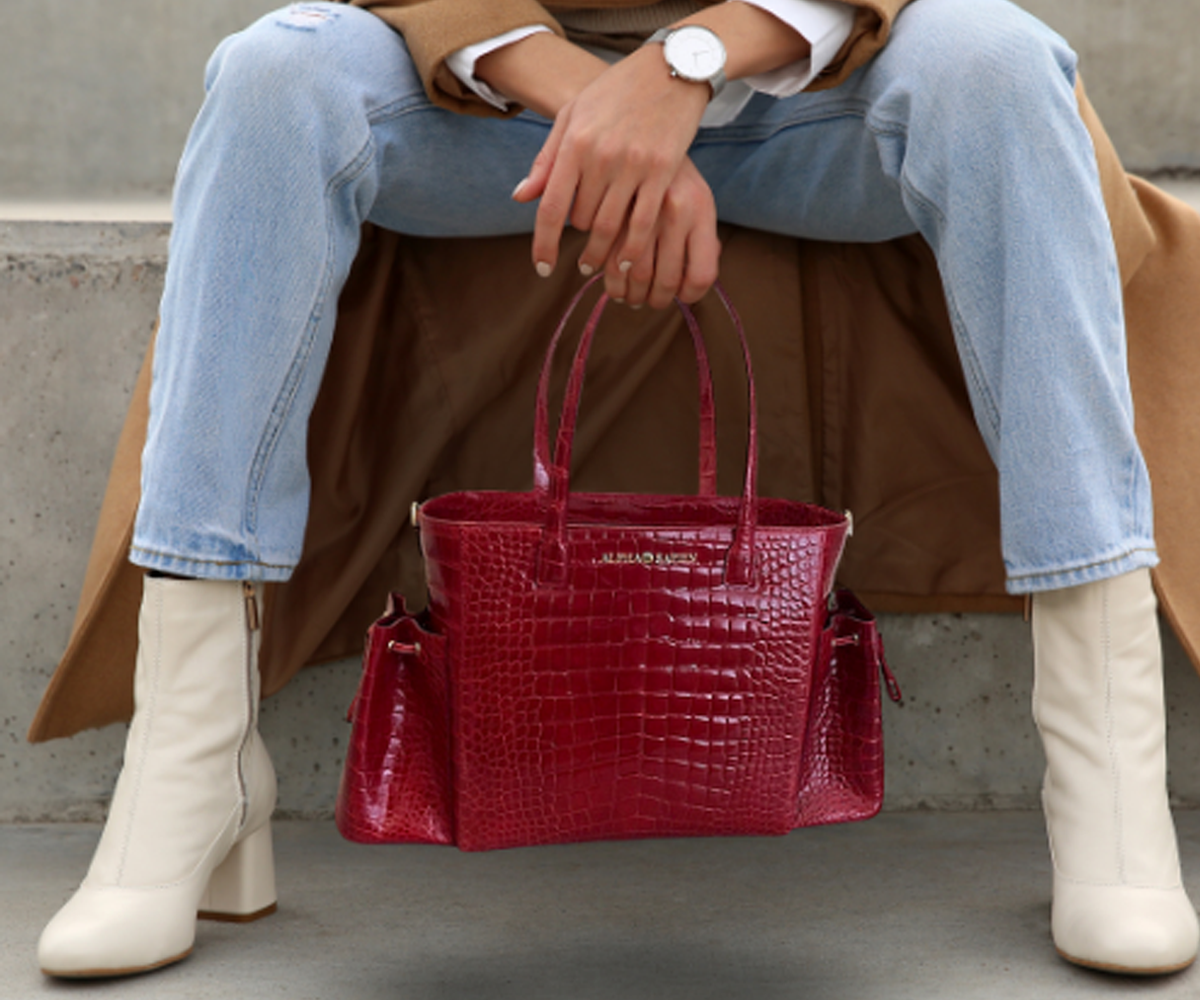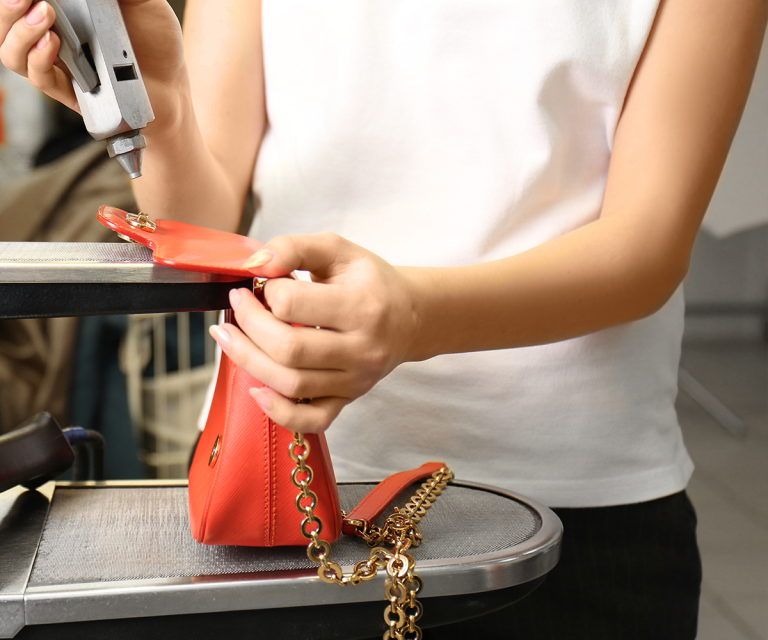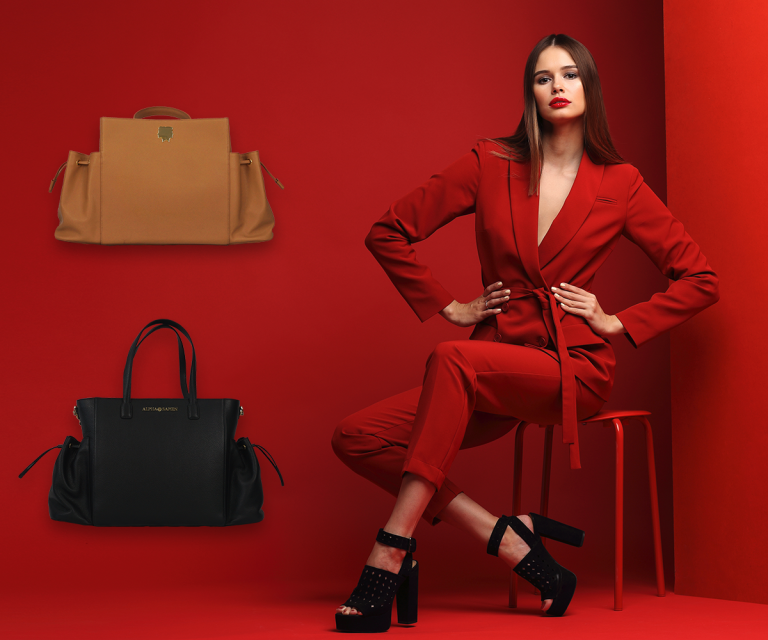Designer bags are often the envy of fashion enthusiasts everywhere. From the luxurious feel of high-quality leather to the iconic logos and sleek designs, it’s no wonder that people are willing to shell out thousands of dollars to add a designer bag to their collection. But why are designer bags so expensive? In this blog, we’ll explore some of the key factors that contribute to the high price tags of these coveted accessories.
Materials
One of the most obvious reasons why designer bags are so expensive is the quality of materials used in their construction. High-end designers use only the finest materials, such as premium leather, exotic skins, and rare fabrics, to create their bags. These materials are often sourced from all over the world and are of the highest quality, which drives up the cost of production.
In addition, many designer bags are handcrafted, which further increases the cost of production. Skilled artisans spend hours creating each bag, carefully cutting and stitching the materials together to create a flawless finish. This level of attention to detail and craftsmanship is reflected in the price of the final product.
Design and Branding
Another factor that contributes to the high cost of designer bags is the design and branding. High-end designers invest heavily in creating unique designs that set their bags apart from those of other brands. This often involves extensive research and development, as well as the use of specialized techniques and technologies.
In addition, designer bags often feature prominent branding, such as logos or monograms, which further adds to their value. The branding is not just a way to advertise the designer’s name, but also serves as a symbol of quality and luxury. Consumers are willing to pay a premium for products that are associated with high-end brands and are often seen as status symbols.
Limited Availability
Many designer bags are produced in limited quantities, which adds to their exclusivity and drives up their price. This is particularly true for special edition or one-of-a-kind bags that are only available to a select group of customers.
The limited availability of these bags creates a sense of urgency among consumers, who may feel the need to purchase them before they sell out. This scarcity also makes the bags more valuable on the resale market, with some bags selling for many times their original retail price.
Marketing and Distribution
The marketing and distribution of designer bags also contributes to their high cost. High-end designers often invest heavily in marketing campaigns, using celebrity endorsements, fashion shows, and other tactics to promote their products. These campaigns are often very effective at creating a buzz around new products and generating demand among consumers.
In addition, designer bags are often sold through exclusive retailers, such as luxury department stores or boutique shops. These retailers have high overhead costs, which are passed on to consumers in the form of higher prices.
Counterfeiting
Finally, one of the biggest factors that drives up the cost of designer bags is counterfeiting. Counterfeiters create fake versions of popular designer bags and sell them at a fraction of the cost of the real thing. This not only cuts into the profits of high-end designers but also damages their brand reputation.
To combat counterfeiting, designers often invest in advanced security features, such as holograms, serial numbers, and other markings, that make it more difficult for counterfeiters to replicate their products. These security features add to the cost of production and are ultimately passed on to consumers.
Conclusion
In conclusion, designer bags are expensive for a variety of reasons, including the quality of materials used in their construction, the unique design and branding, limited availability, marketing and distribution, and the threat of counterfeiting. While the cost of these bags may be prohibitive for some consumers, they continue to be in high demand among those who are willing to pay a premium for the status, exclusivity, and luxury associated with high-end brands.




